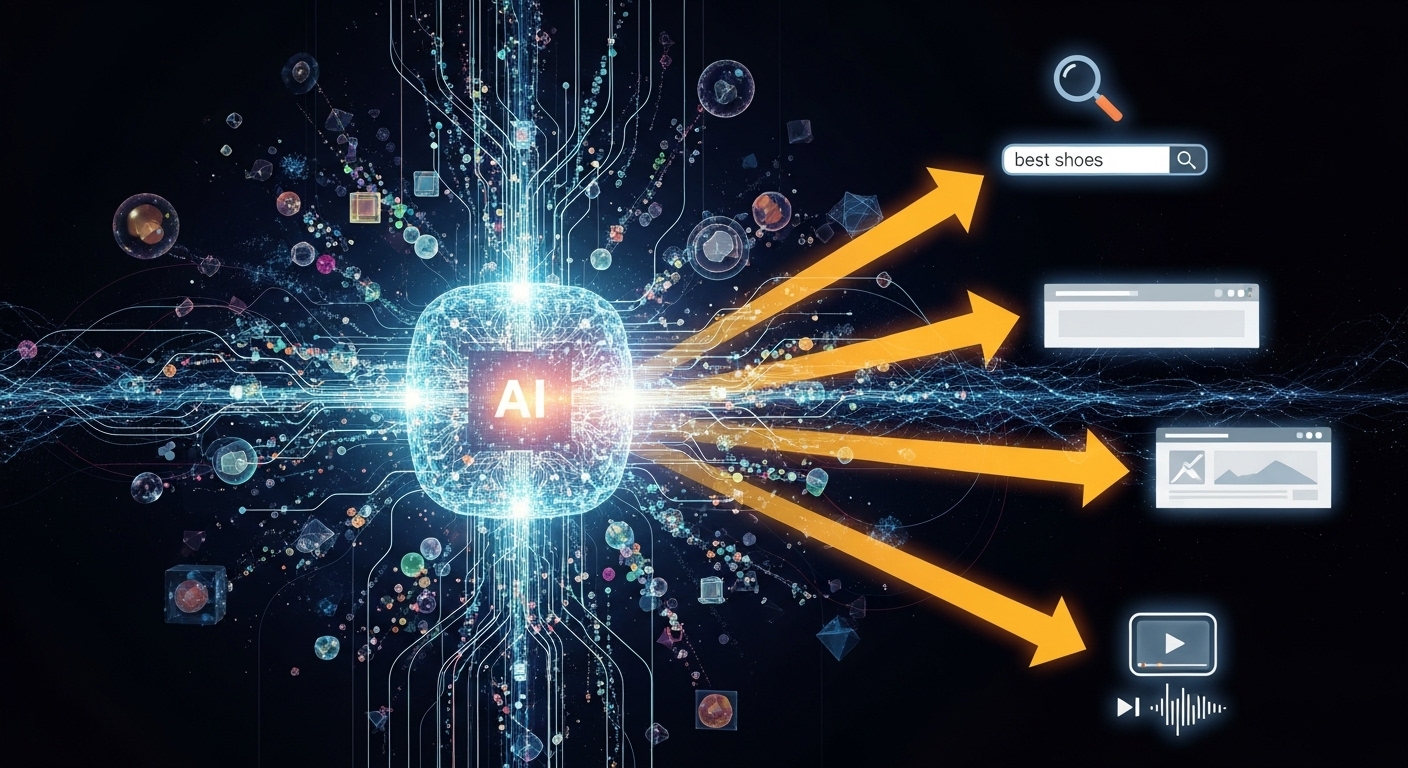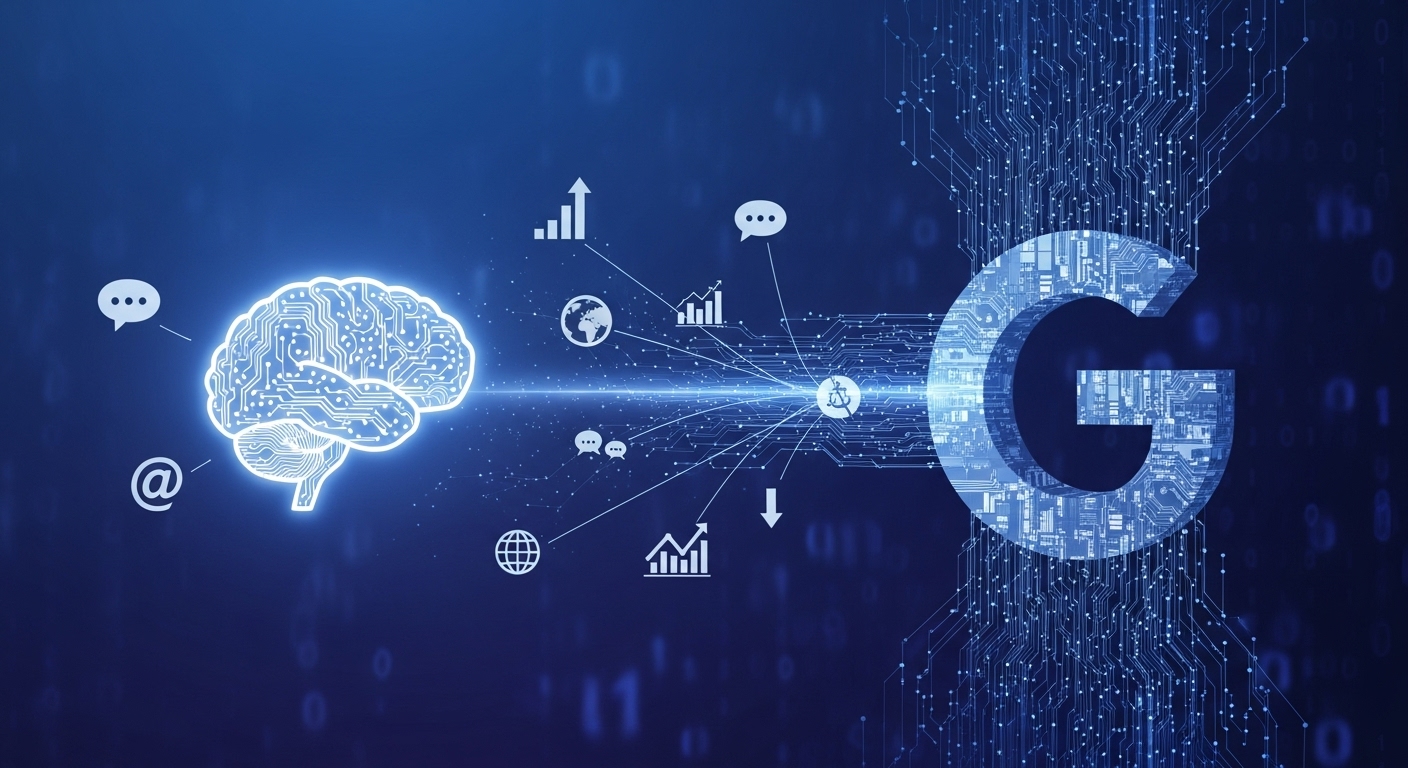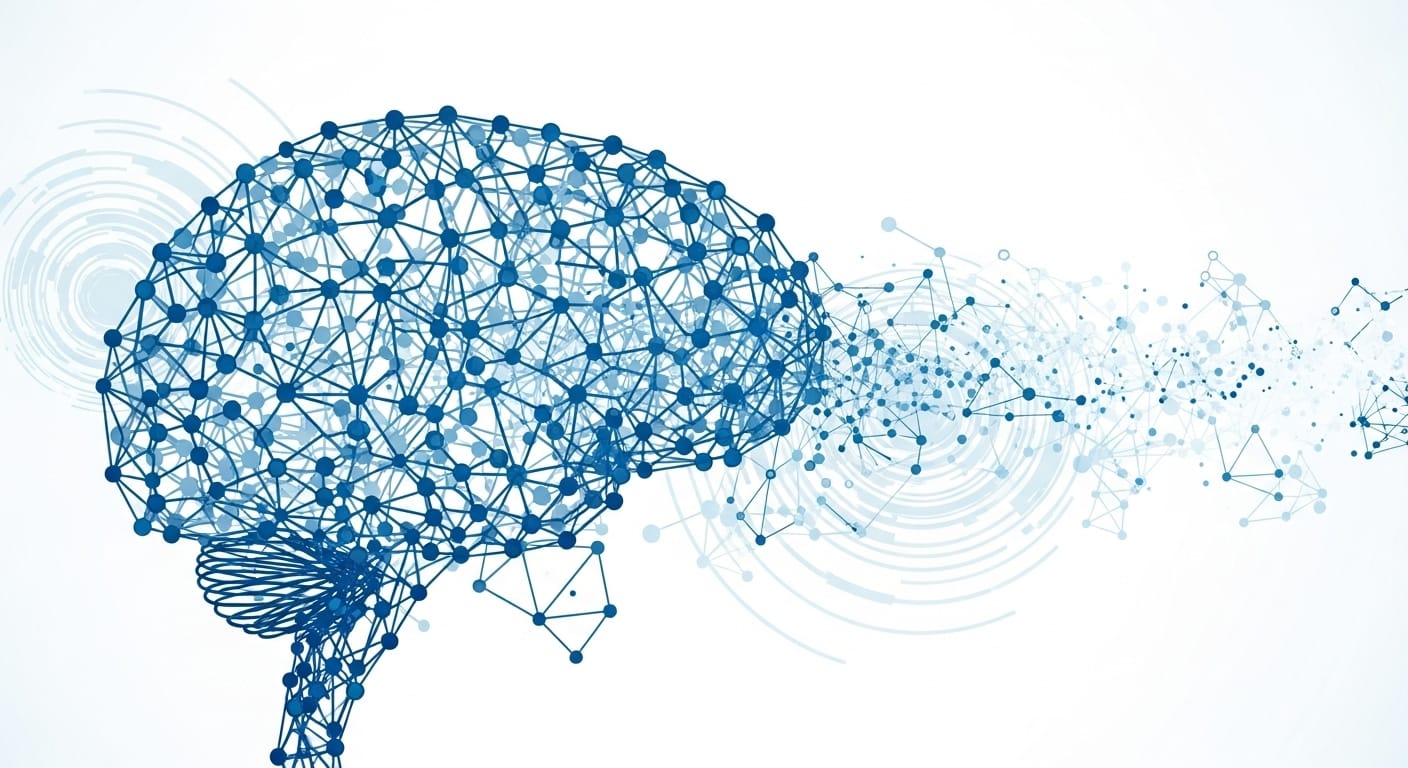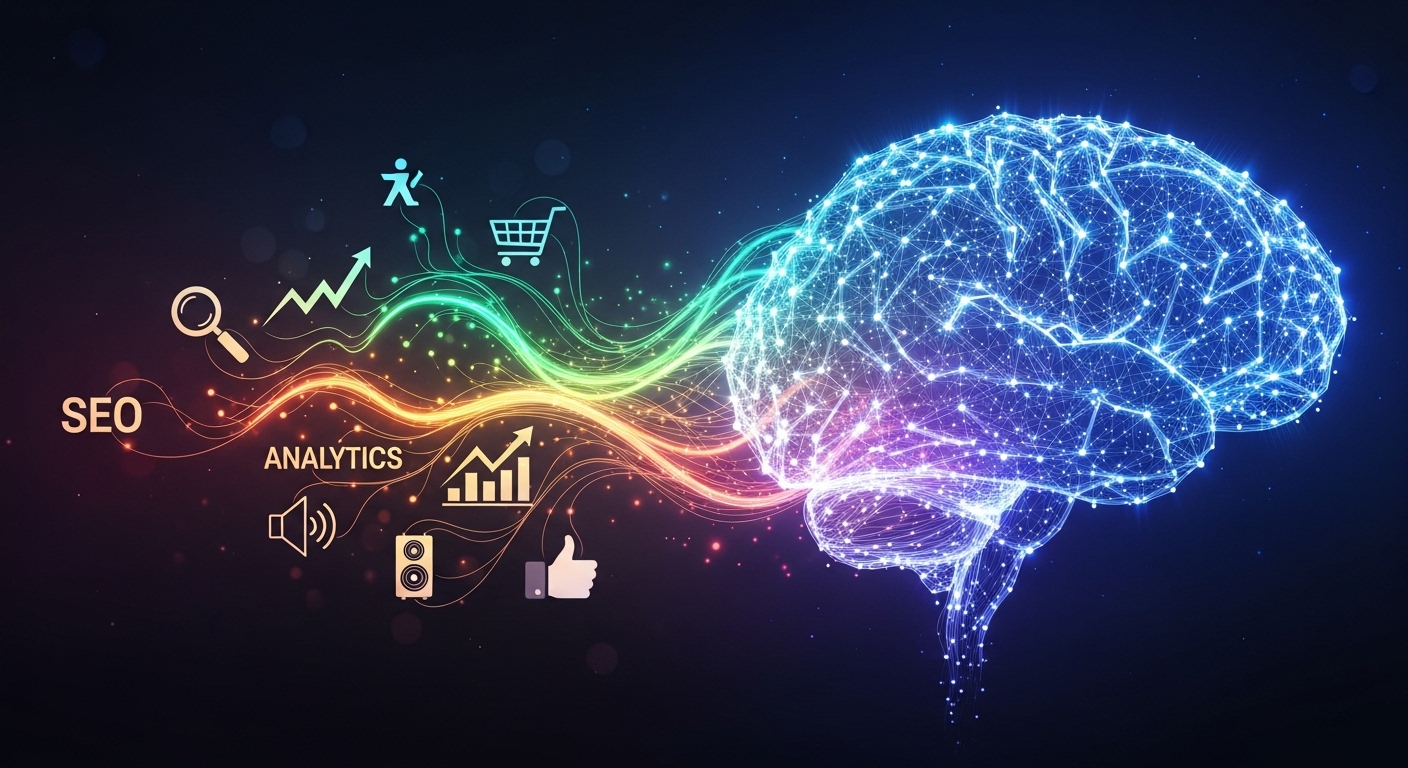The digital advertising landscape is in a constant state of evolution, and at the forefront of this transformation is Artificial Intelligence (AI). For those of us navigating Google Ads, the impact of AI is undeniable, particularly when it comes to automated language targeting. We’re moving into an era where Google’s AI is taking on an increasingly significant role, fundamentally changing how we connect with global audiences.
Key Takeaways
- Google Ads is phasing out manual language targeting for Search campaigns by the end of 2025, relying instead on AI-driven detection.
- AI uses a sophisticated array of signals—from historic searches to user settings—to determine a user’s language comprehension.
- Performance Max and Smart Bidding strategies are at the core of AI-powered optimization, leveraging machine learning for real-time bid adjustments and audience engagement across channels.
- Advertisers must adapt by focusing on high-quality data, strong creative assets, and strategic human oversight to guide AI effectively.
- While AI offers unprecedented efficiency, maintaining a keen eye on campaign performance and embracing a culture of experimentation remains crucial.
The AI Revolution in Google Ads: A Paradigm Shift
For years, digital marketers have meticulously crafted campaigns, segmenting audiences by language, location, and a myriad of other demographic factors. However, the rise of AI is ushering in a new paradigm. We’re seeing AI move beyond simple automation to a more nuanced, predictive approach, capable of understanding user intent and context at a scale previously unimaginable. This shift is part of a broader trend of the latest AI innovations transforming digital marketing, making our strategies more dynamic and responsive.
Google’s AI, particularly through features like Smart Bidding and Performance Max, is designed to optimize bids and placements in real-time, aiming to maximize conversions or conversion value for our clients. This means the system is constantly learning and adapting, making decisions in individual auctions based on a vast array of signals.

Navigating Automated Language Targeting
One of the most significant changes on the horizon, as confirmed by Google, is the removal of manual language targeting for Search campaigns by the end of 2025. This isn’t just a minor update; it’s a fundamental re-evaluation of how advertisers control language parameters. Instead of us manually selecting languages, Google AI will automatically detect the language a user understands.
How Google AI Detects Language
The AI system doesn’t just look at a browser setting. It employs a state-of-the-art approach, leveraging multiple signals to determine a user’s language comprehension. These signals include:
- Historic searches: Long-term user behavior patterns across weeks or months.
- Search term language: The specific words and phrases used in current queries.
- User’s language settings: Device and Google account language preferences.
- Language of ads and landing pages: Signals from the content the user engages with.
- AI-based keyword prioritization: How AI understands the intent behind keywords.
This comprehensive approach aims to ensure that ads are served in a language the user genuinely comprehends, even if they occasionally search in a different language or are in a multilingual region. While this promises improved relevance, it also means we, as advertisers, must place greater trust in Google’s algorithmic decisions.
Performance Max and Multilingual Campaigns
Performance Max campaigns are a prime example of Google’s AI-first strategy in action. These goal-based campaign types leverage AI across bidding, budget optimization, audiences, and creatives to find more converting customers across all of Google’s channels—YouTube, Display, Search, Discover, Gmail, and Maps. When it comes to language, Performance Max campaigns utilize “audience signals” to guide the AI, rather than strict language targeting. While this can broaden reach, some advertisers have noted challenges, with ads sometimes appearing on websites in unexpected languages despite specific audience signals.

Strategies for Success in an AI-Driven Landscape
As AI assumes more control over targeting, our role as digital marketers evolves. It becomes less about manual adjustments and more about strategic guidance and oversight. Here’s how we approach this new landscape:
1. Strengthen Your Data Foundation
High-quality, consented first-party data is more critical than ever. By establishing robust measurement strategies with tools like Google Analytics 4 and enhanced conversions, we can provide Google AI with the accurate data it needs to maximize ROI and business outcomes. This input guides the AI towards understanding what truly drives value for your business.
2. Focus on Creative Excellence and Audience Signals
With AI handling more of the targeting, the quality and relevance of your creative assets become paramount. We need compelling ad copy, engaging visuals, and a clear value proposition. For Performance Max, providing strong audience signals—such as custom segments, customer match lists, and detailed demographics—helps guide the AI towards your ideal customer. Remember, these are signals, not hard targets, so they inform the AI’s exploration.
3. Embrace Experimentation and Human Oversight
Even with advanced AI, human expertise remains irreplaceable. We advocate for a culture of continuous experimentation, testing new approaches, and closely monitoring performance metrics. This involves analyzing the insights provided by AI, identifying potential discrepancies, and making strategic adjustments. The goal is to partner with AI, not simply delegate to it. For instance, understanding agentic AI and autonomous systems can help us better prepare for future integrations.
Conclusion
The impact of AI on Google Ads, particularly with automated language targeting, marks a significant turning point for digital marketing. While the removal of manual language settings might seem daunting, it underscores Google’s commitment to leveraging AI for more intelligent, context-aware advertising. We believe this shift, when approached strategically, offers immense opportunities for greater efficiency and more precise audience engagement.
Navigating these complex changes requires a deep understanding of AI’s capabilities and how to best integrate them into your overarching marketing strategy. If you’re looking to optimize your Google Ads performance in this AI-driven era, we’re here to help. Our team provides cutting-edge AI solutions, comprehensive content marketing strategies, and expert technology consulting to help businesses like yours innovate and grow in a rapidly evolving digital landscape. Let’s explore how we can empower your campaigns for future success.



